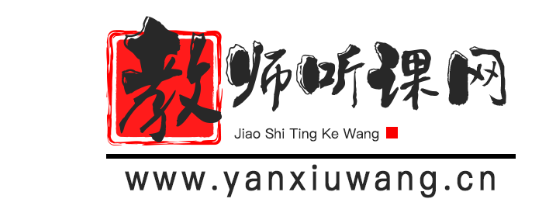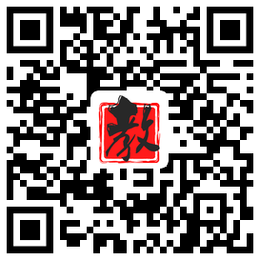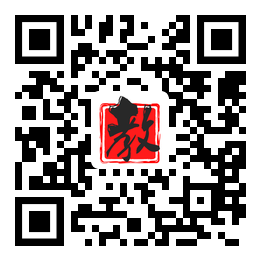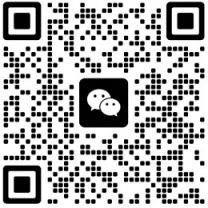北师大版(2019)高中英语必修2成套课件+教案汇编,此资源由会员整理,教师听课网是教师朋友的最佳选择。如需下载完整格式资源,请点击上方立即下载,解压即可


Unit 4 Information Technology
Lesson 1 Avatars
第一课时
|
教学目标 |
在本课结束时,学生能够: 1.概括和提炼文本中关于虚拟形象的主要信息; 2.找出并梳理虚拟形象在不同方面的具体影响; 3.反思与评价虚拟形象与人们的关系,并对网络安全问题进行辩证式思考。 |
|
教学重难点 |
通过阅读理解虚拟形象,并对虚拟形象与人们的关系进行评价。 |
|
教学过程 |
|||
|
教学目标 |
教学活动与步骤 |
设计意图 |
评价要点 |
|
引入主题。 |
Step 1: Brainstorm (1) Ss try to guess the word showing different electronic images on the Internet.
(2) The teacher shows a screenshot with different images in the class WeChat group and asks Ss to describe their images as well as its meanings. |
创设生活情境,引入主题。激活学生脑中关于虚拟形象的已有认知,并在语境中激活相关词汇与短语。引起学生对该主题的兴趣。 |
学生能够描述自己的虚拟形象内容及意义。 |
|
Step 2: Predict Ss raise different questions concerning the topic “avatars”. |
引导学生预测语篇的主题和内容,帮助学生主动思考,铺垫语言和结构。 |
学生能够基于语篇标题提出关于虚拟形象的问题。 |
|
|
1.概括和提炼文本中关于虚拟形象的主要信息。 |
Step 3: Read for general understanding (1) Ss read the article and check prediction. (2) Ss summarise the key information about avatars. |
学生通过阅读检验预测,获取语篇关于虚拟形象的主要内容并尝试提炼概括。 |
学生能够概括文章中关于虚拟形象的主要信息;学会总结段落关键信息。 |
|
2.找出并梳理虚拟形象在不同方面的具体影响。 |
Step 4: Read for detailed information (1) Ss read the text again, and find detailed information in different aspects about avatars. (2) Ss answer more specific questions related to avatars and reveal the details about avatars. |
学生通过细读课文,分类梳理虚拟形象的细节信息,获得结构化知识,并通过回答问题的方式进一步分析和理解文本。 |
学生能够基于话题的细节信息,完善对于网络头像的理解,并内化语言。 |
|
3.反思与评价虚拟形象与人们的关系,并对网络安全问题进行辩证式思考。 |
Step 5: Discuss and have deep thinking Ss read the text again and have a group discussion on the following four questions: (1) Why do people obviously make their avatars look better than they do in real life? (2) Do you agree with the writer that “the avatar you choose says a lot about your personality”? Give examples to support your opinion. (3) Are there any risks of using avatars? Any examples? (4) How should we use avatars in a safer and healthier way on the Internet? Any suggestions? |
学生运用证据评价语篇中的某些观点,并就如何使用虚拟形象进行安全社交发表自己的看法。 |
学生能够评价作者观点并表达自己的看法。 |
|
Homework Create an avatar for one of the students/teachers in our class. Introduce it next time. (1) Who would you give it to? (2) What does it look like? (3) Why did you decide to create it this way? |
|||
第二课时
|
教学目标 |
在本课结束时,学生能够: 1.复习和归纳语篇中关于虚拟形象的主要信息; 2.识别既包含过去时又包含过去将来时的主从复合句,并理解其句法功能; 3.根据不同语境运用过去将来时创作不同的句子和语篇。 |
|
教学重难点 |
发现过去将来时的用法,并用过去将来时创作句子和语篇。 |
|
教学过程 |
|||
|
教学活动与步骤 |
设计意图 |
评价要点 |
|
|
1.复习和归纳语篇中关于虚拟形象的主要信息。 |
Step 1: Review the text 1. Ss answer the questions about avatars. 2. Ss complete the summary of the text. |
回顾主题,复习已学的话题知识,巩固语言。 |
学生能够回答话题相关的问题,根据文本回顾主题信息。 |
|
2.识别既包含过去时又包含过去将来时的主从复合句,并理解其句法功能。 |
Step 2: Focus on language 1. Ss answer the questions about the changes of avatars and underline the answers with past tense and past future tense. 2. Ss summarise the form of past future tense and understand the grammatical function concerning past future in the context. 3. Ss explain the relationship between the past, present and future by drawing a timeline. |
在语篇中识别过去将来时,发现其形式。在语境中体会过去时和过去将来时的关系,从而理解过去将来时的功能。学会在句子语境中使用过去将来时。 |
学生能够在语篇中识别时态的形式,发现规律,总结出功能意义。 |
|
3.根据不同语境运用过去将来时创作不同的句子和语篇。 |
Step 3: Language in use 1. Ss create sentences concerning the change of technologies by following the sentence pattern of the past future tense. 2. Ss complete the sentences by using past future tense. 3 Ss complete a story using past future tense. |
给出主题相关的不同情境,让学生深度感受和运用过去将来时。从句型到句子再到语篇,完成语法知识“形式—意义——使用”的统一体。 |
学生在不同的语境中使用过去将来时。从模仿句型到创作句子再到创作语篇,完成与主题意义相关的语法应用。 |
|
Homework Writing— “_______ in the past, present and future”. You can also use past future tense to show the changes. |
|||



 人教版(2019)高中英语必修一成套PPT课件+教案+练习+作业+期中期末试卷素材汇编
人教版(2019)高中英语必修一成套PPT课件+教案+练习+作业+期中期末试卷素材汇编 资源名称:北师大版(2019)高中英语必修2成套课件+教案汇编
资源名称:北师大版(2019)高中英语必修2成套课件+教案汇编







